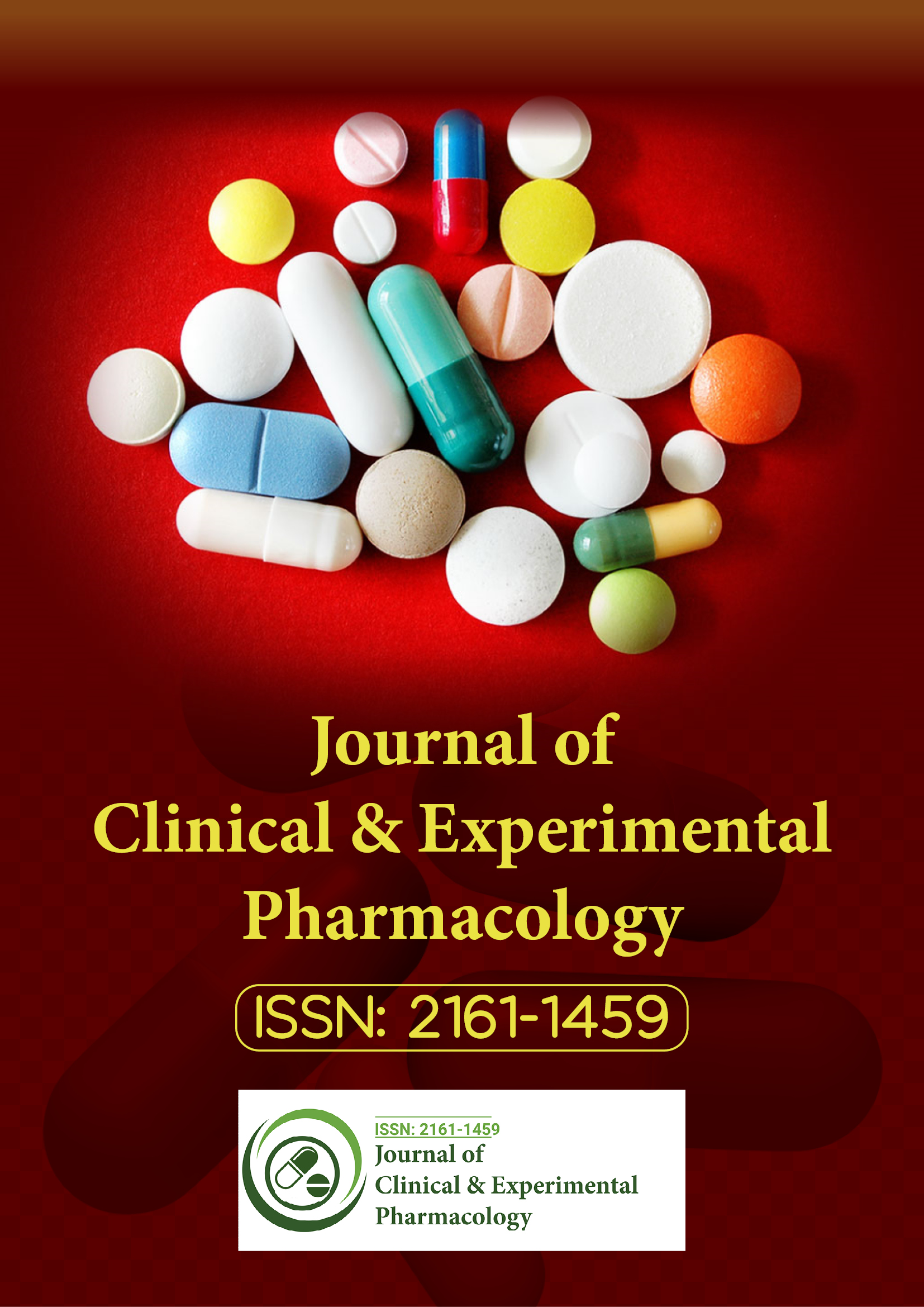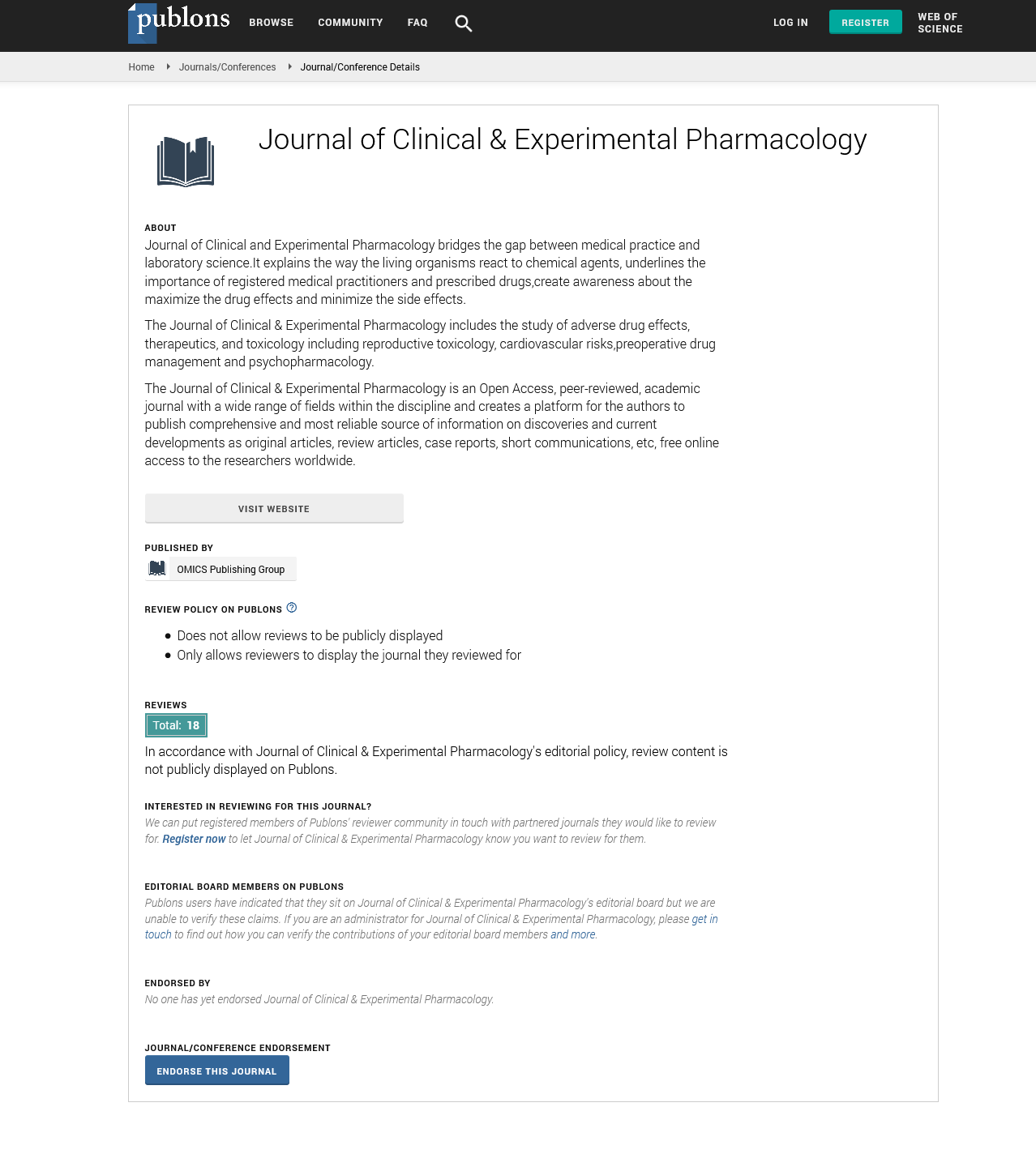Indexed In
- Open J Gate
- Genamics JournalSeek
- China National Knowledge Infrastructure (CNKI)
- Ulrich's Periodicals Directory
- RefSeek
- Hamdard University
- EBSCO A-Z
- OCLC- WorldCat
- Publons
- Google Scholar
Useful Links
Share This Page
Journal Flyer

Open Access Journals
- Agri and Aquaculture
- Biochemistry
- Bioinformatics & Systems Biology
- Business & Management
- Chemistry
- Clinical Sciences
- Engineering
- Food & Nutrition
- General Science
- Genetics & Molecular Biology
- Immunology & Microbiology
- Medical Sciences
- Neuroscience & Psychology
- Nursing & Health Care
- Pharmaceutical Sciences
Improving the effectiveness of existing drugs for loco-regional therapy: Rapidly reversible hydrophobization (RRH) of therapeutic agents as the new solution
World Congress on Pharmacology
July 20-22, 2015 Brisbane, Australia
Vladimir M Subbotin
Posters-Accepted Abstracts: Clin Exp Pharmacol
Abstract:
Insufficient drug uptake by solid tumors remains the major problem for systemic chemotherapy. Although anticancer drug effects are dose-dependent, dose-escalation has resulted in limited survival benefit with increased toxicities. Loco-regional treatments, offering dramatically higher drug concentrations in tumor tissues while minimizing systemic toxicity, thought to be a solution, but survival benefits are still not sufficient. We have proposed that the main obstacle preventing local drug extraction by the tumor cells is the hydrophilic nature of the drug formulations themselves, which prevents partitioning through membrane lipid bilayer. To overcome this obstacle we have developed an approach for drug hydrophobization in which the drug is linked to a hydrophobic moiety by highly labile chemical linkages [termed rapidly reversible hydrophobization (RRH)]. Using this approach, we demonstrated in mouse models that RRH prodrugs were taken up by practically all cells in liver tumors. The RRH prodrugs also demonstrated surface penetration into ovarian tumors to a depth of 25?30 cell layers within seconds following treatment. From studied animal models it became apparent that RRH methodology is capable of overcoming an increased interstitial fluid pressure in solid tumors, which is one of the main obstacles in solid cancer therapy. Although we have tried our approach only in two tumor models, the results in combination with targeting of normal tissues suggest potential broad applications.

